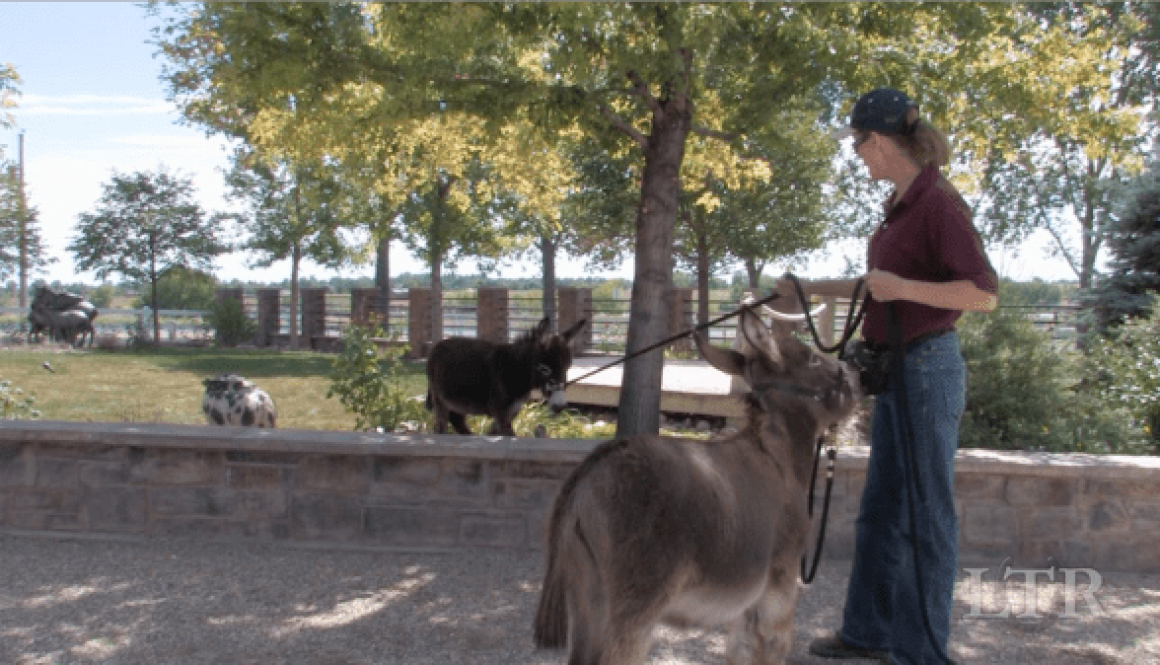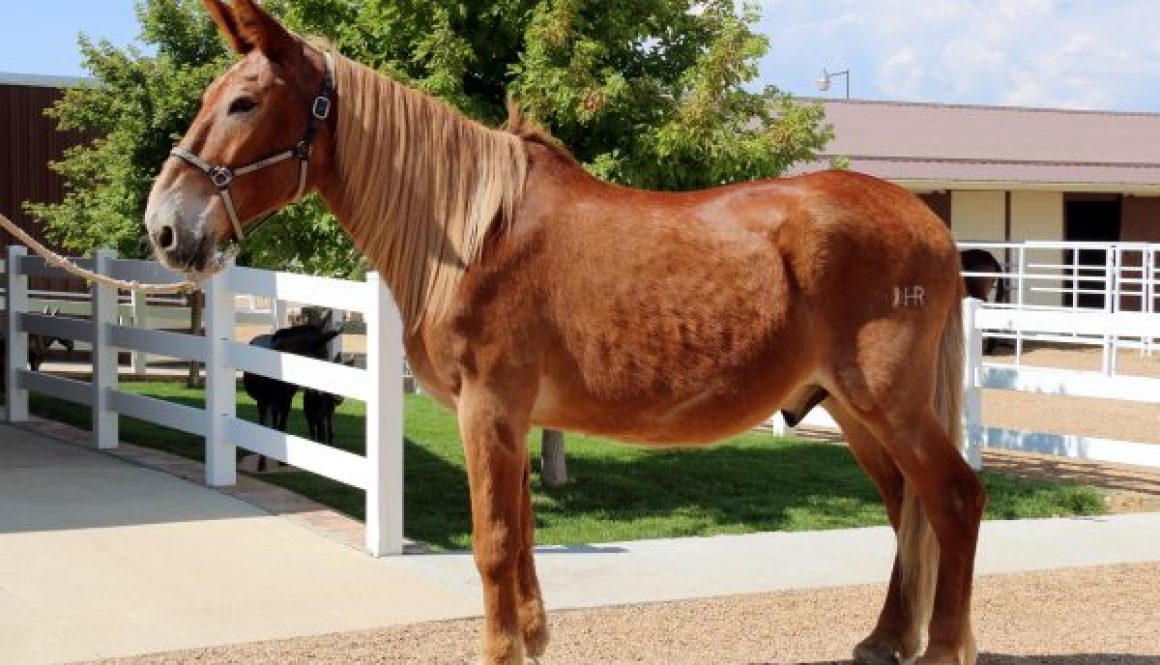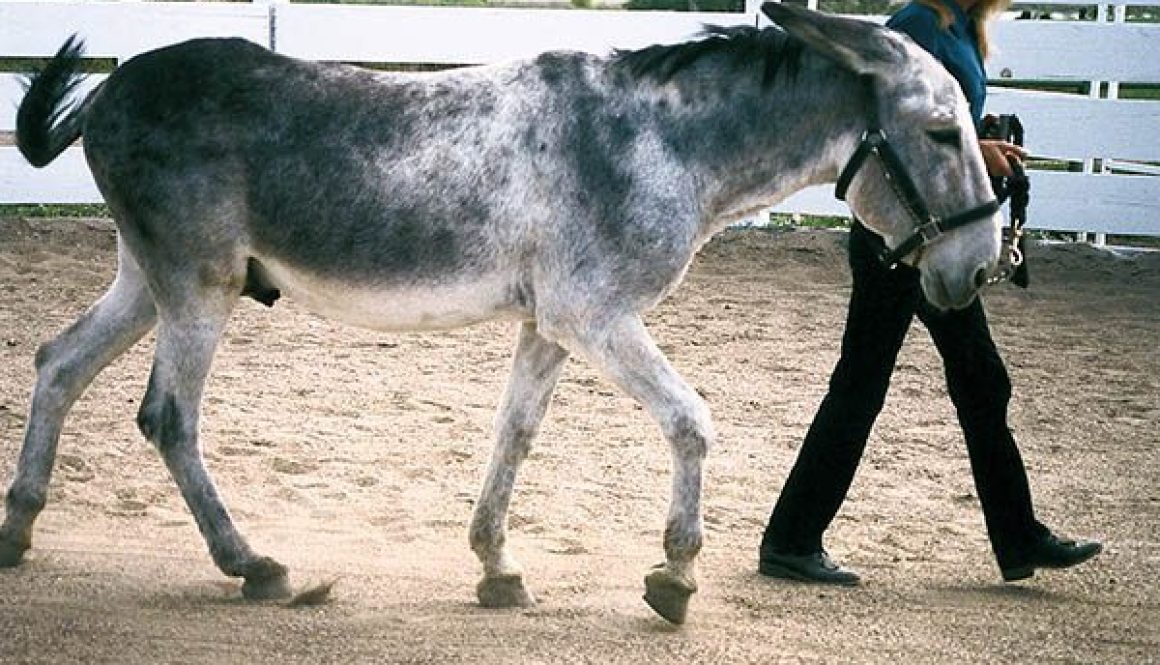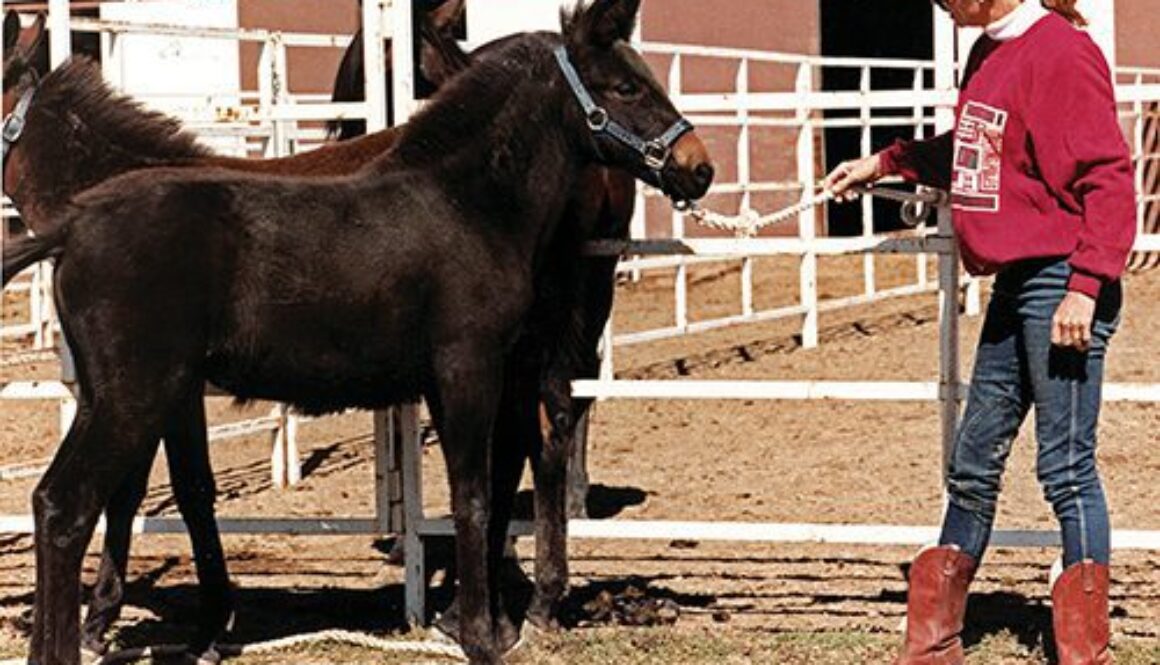(Page 76) First and foremost, a regular grooming schedule at least every other week and preferably every week is essential for the hygiene of your equines. In order to keep flies and other insects under control, all stalls, runs and pens need to be kept free of manure and debris daily. Barns need to be cleaned periodically with disinfectant. Fields and pastures need to be harrowed in the spring and fall and between hay cuttings. We use fly masks without ears on the animals that are sensitive around their faces and we spray with Tri-Tech 14 once a week for insects that pester your equine. Regular grooming once a week to remove excess hair, mud, etc. will eliminate places on the animal, including legs that would be subject to their laying eggs. We worm our equines in January, March, May, July and September with Farnam Ivermectin and then break the cycle with Strongid in November to prevent internal worms and parasites. Using Johnson’s baby oil in the manes and tails helps keep the flies at bay and will also keep other animals from chewing on them. Keep all tack and equipment clean so it does not attract flies to your tack room and grooming area. Spray the tack room when you leave with a household flying insect spray for any residual flies.
I have found that there are several things that can control insects and other skin irritants…at least around your own farm:
1) Feeding the right kinds of feed for mules and donkeys
2) Keeping all stalls, pens and sheds free of manure (clean every day!)
3) Keep manure collection piles well away from the house and barns (we have ours hauled away weekly)
4) Keeping water sources clean
5) Clean any manure from shed or stall walls daily
6) Good grooming practices at least once a week (If certain body areas begin to get sores, scabs, or bumps, use Neosporin or if they are severe…Panalog, also called Animax or Dermalone by prescription from your vet)
7) Use Tri-Tech 14 by Farnam fly spray weekly for bugs and insects that can pester your equine. This seems to be the best and longest lasting (herbal remedies do not work as well!)
8) Do not clip the hair inside the ears!
9) Do not clip the hair on the legs unless you absolutely must for showing!
10) Use fly masks for those mules and donkeys that have sensitive skin. Farnam Super Masks will usually fit most animals. You can find them in most tack and vet stores and they are also available at www.statelinetack.com. Just make sure when you put them on that they will come off easily.






















